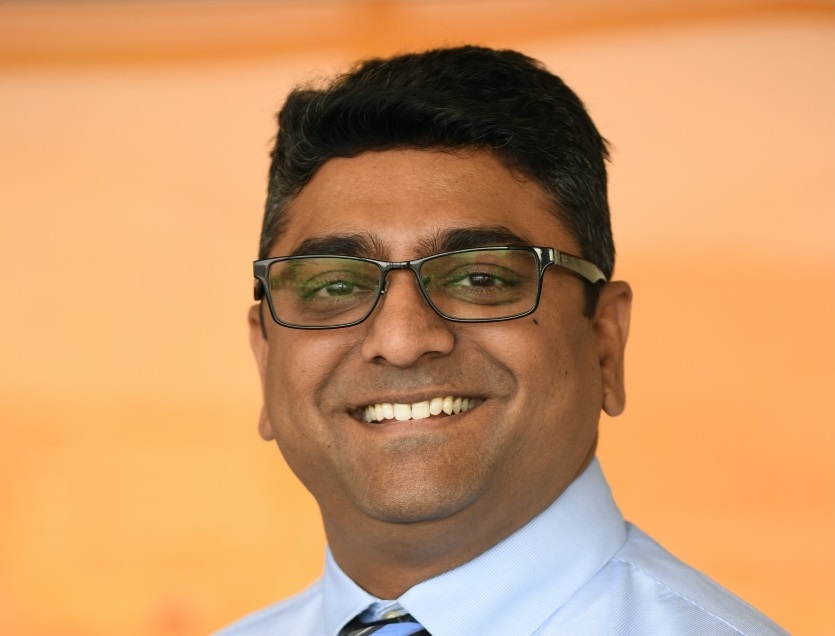ADEA eLearn

Implementing Integrated Electronic Medical Dental Records in Dentistry and Its Implications on Dental Education
Recorded On: 09/28/2022
-
Register
- Non-member - Free!
- Member - Free!
The American Recovery and Reinvestment Act allocated $17 billion for incentive payments to hospitals and physicians adopting electronic health records. This led to a rapid adoption of electronic health records by medical and dental providers and hospitals. However, to date, only a limited number of dental institutions have adopted integrated electronic medical and dental records (iEMDRs).
iEMDRs provide a centralized archive for easy access, review and longitudinal tracking of patients’ medical and dental health-related information in the same charting system. There are numerous benefits of using iEMDR compared to standalone dental charting systems, including reduced number of charting errors and increased patient safety. But one of the biggest caveats of iEMDR incorporation is the lack of a solid integration of iEMDR into a clinical dental educational curriculum. Additionally, the training needed for new users and for educators to use iEMDRs is substantial and often prohibitive. Thus, there is a need for dental educators to incorporate standardized iEMDR training for the students enrolled in health care programs and develop competencies for evaluation of effective and responsible use of iEMDR.
Join us for this complimentary live webinar where we will share experiences from implementation and use of an iEMDR at two institutions. During this presentation, we will discuss details regarding prerequisites for iEMDR implementation, its impact on clinical practice and its integration into our dental and medical educational programs.
The presenters also will demonstrate the functionality of iEMDR software and share a detailed overview of the competency model for effective and responsible use of iEMDR by students. Additionally, the research data on iEMDR competencies and impact of training modalities for students will be presented.
Learning Objectives:
- Discuss the existing systems for dental records with pros and cons of each.
- Demonstrate the functionality of iEMDRs in dentistry.
- Recall the importance and implications of implementing iEMDRs in dentistry.
- Discuss competency evaluations for students for effective and responsible use of iEMDRs.
Original Release Date: September 28, 2022
Expiration Date: September 28, 2025
Questions? Contact learn@adea.org
Disclaimer
The purpose of this presentation is to educate and to inform. This is not a substitute for professional care and is not intended for use for the diagnosis or treatment of individual conditions. Guests on this presentation express their own experience, opinions and conclusions. Guest statements do not express the viewpoint of ADEA. The mention of any product, service, organization, activity or therapy should not be construed as an ADEA endorsement.
CE Information
The American Dental Education Association is an ADA CERP Recognized Provider.
An evaluation form is available to participants after the conclusion of the webinar. To earn continuing education (CE) credit for participation in the webinar, the online evaluation must be completed in full by September 28, 2025. After completing the evaluation, webinar participants can print and save the CE Verification Form.
ADA CERP is a service of the American Dental Association to assist dental professionals in identifying quality providers of continuing dental education. ADA CERP does not approve or endorse individual courses or instructors, nor does it imply acceptance of credit hours by boards of dentistry.
The American Dental Education Association designates this activity for 1.0 continuing education credit.

All speakers agree that neither they nor members of their immediate family have any financial relationships with commercial entities that may be relevant to their presentation.

Chaitanya P. Puranik, B.D.S., M.S., M.Dent.Sci., Ph. D.
Director of Predoctoral Education in Pediatric Dentistry
University of Colorado School of Dental Medicine; Children’s Hospital Colorado
Dr. Puranik is a Diplomate of American Board of Pediatric Dentistry. He received his dental degree from India. He completed his Master of Science degree in Dental Biomaterials from The State University of New York at Buffalo. Later, he earned his doctoral degree in Oral Biology and a Certificate in Operative Dentistry from The University of North Carolina at Chapel Hill.
Dr. Puranik completed his Pediatric Dentistry training and Craniofacial Fellowship from the University of Connecticut. He has served on various leadership positions at state, national and international levels and has published evidence-based articles in reputed peer-review journals.
Speaker agrees that neither they nor members of their immediate family have any financial relationships with commercial entities that may be relevant to their presentation.

Daniel B. Claman, D.D.S.
Associate Program Director, Advanced Education in Pediatric Dentistry
The Ohio State University College of Dentistry; Nationwide Children’s Hospital
Dr. Claman an Associate Professor of Clinical Dentistry in the Division of Pediatric Dentistry and Associate Program Director of the pediatric dentistry residency at The Ohio State University College of Dentistry and Nationwide Children’s Hospital. He earned his D.D.S. from The Ohio State University College of Dentistry and completed his residency training at the University of Illinois at Chicago. Dr. Claman is an Epic Physician Builder, and serves on the Nationwide Children’s Hospital Electronic Health Record Advisory Board. He is involved in teaching, clinical care, and research. He is also a Diplomate of the American Board of Pediatric Dentistry.
Speaker agrees that neither they nor members of their immediate family have any financial relationships with commercial entities that may be relevant to their presentation.
Key:
| Access Date | Quiz Result | Score | Actions |
|---|
Search
Questions or Comments?